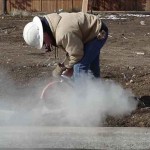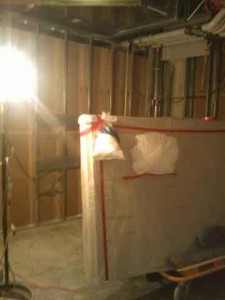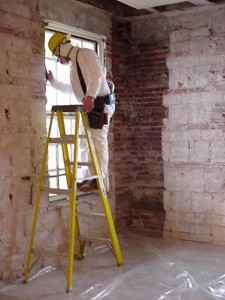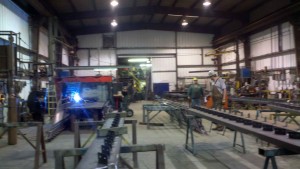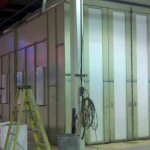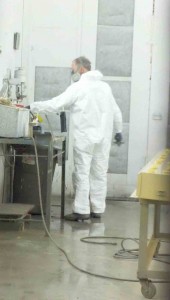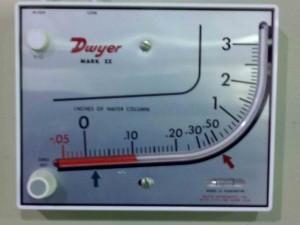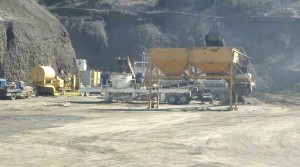Thu 1 Sep 2011
How to average multiple air samples for a TWA
Posted by admin under Air Monitoring, TWA
Comments Off on How to average multiple air samples for a TWA
If you are taking multiple samples employees to get an average total time weighted average (TWA), here is how you calculate TWAs.
First take the first concentration (mg/m3 or ug/m3, etc.) and multiply it by the time (in minutes). Do this again for each sample. Add each of these calculated amounts together.
Then, divide by the total minutes sampled.
Or, alternatively, by the total time in the work shift (480 minutes for an 8-hour day). You would only do this if you captured all of their exposure and the rest of the day was (in theory) zero additional exposure.
Look at the number. It should make sense and be logical. If not, look at your math, especially the units for each.
If you like math, here’s the formula: 

